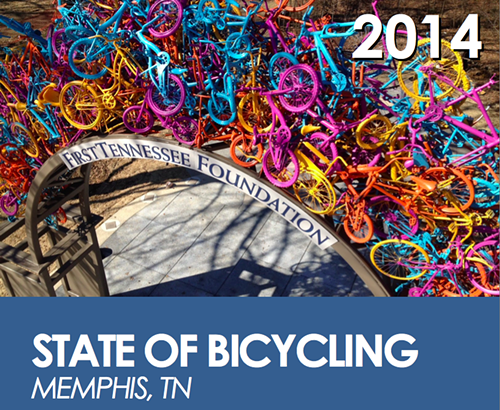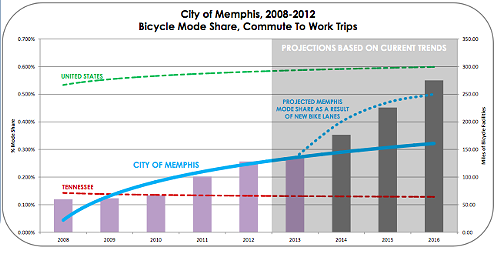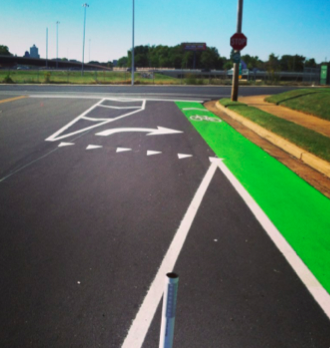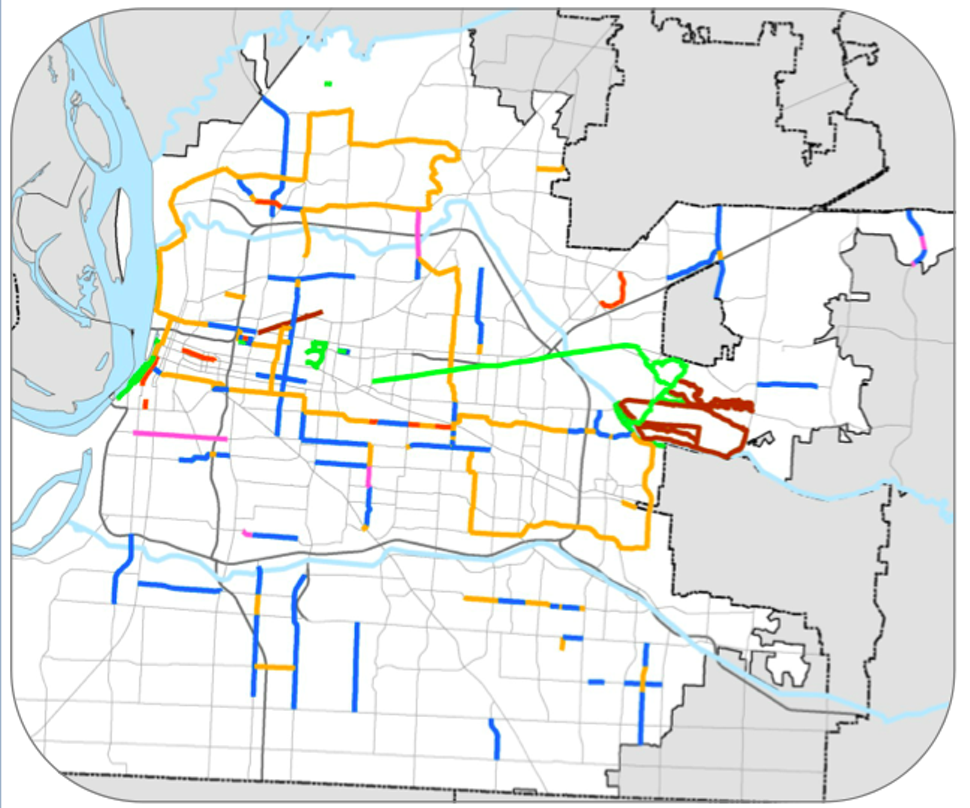
The new State of Bicycling report finds that bike use has increased along with bike infrastructure in Memphis and bike use and bike lanes could double in the next two years.
The report looks back to 2010 when they city pledged to build more bike lanes. Since then, more than 70 miles of bike lanes, shared paths, and shared lanes have been dedicated here, an increase of 114 percent, according to the report. As of 2013, Memphis had more than 133 miles of such paths.
“With an understanding of projects planned for the next three years, Memphis is expected to once again double the miles of bicycle-specific infrastructure within its limits by 2016,” the report says.
More than 270 miles of bike paths are projected to exist by 2016, according to the report.
The report also looks back to 2008 and 2010, both years that Bicycling magazine called Memphis the “worst” city for cycling. Then in 2012, the magazine name Memphis the “most improved city for cycling.”
Kyle Wagenshutz, the city’s bicycle/pedestrian coordinator, said the biking scene in Memphis has changed “dramatically” since he hired by the city in 2010.
“What once was a unique experience for thrill-seekers and avid competitors has become a commonplace occurrence throughout the city,” Wagenshutz said. “It’s not unusual now to see whole families riding bicycles together on their way to the local park, restaurant, or school. Each day, more people are taking advantage of the growing network of infrastructure dedicated for use by persons using bicycles and the results are fantastic.”
Bicycle usage has doubled here since 2010, the report says, pointing to U.S. Census data. “By comparison, Memphis has surpassed levels of bicycling use found throughout Tennessee, but is still about half the average bicycle use experienced in the United States,” it says.

But there is more to do:
“This data suggests that while the ‘build it and they will come’ philosophy holds true in Memphis—that as the city increases the opportunities to travel by bicycle using dedicated bicycle lanes and paths more people will choose to ride a bicycle — this approach alone is not sufficient to reach or surpass national levels of bicycle usage.
“To achieve these levels, additional interventions like educational programs, encouragement activities, and enforcement campaigns must accompany new infrastructure in order to encourage more residents to choose bicycling for the first time.”
As for safety, the report says bicycle accidents has declined in Memphis since 2008, that is, the average number of accidents per person riding a bicycle. Bicycling fatalities have held at one or two per year, the report says.

Expect to see more green paint on the Memphis roads as the city plans to stripe more than 22 miles of Green Lanes between now and 2016. These lanes are protected from motor vehicles by curbs, planters, posts, or parked cars.
Sometimes called cycle tracks or protected bike lanes, Green Lanes are literally painted green and alerts both motorists and bicyclists of the likelihood of crossing one another at certain intersections.
